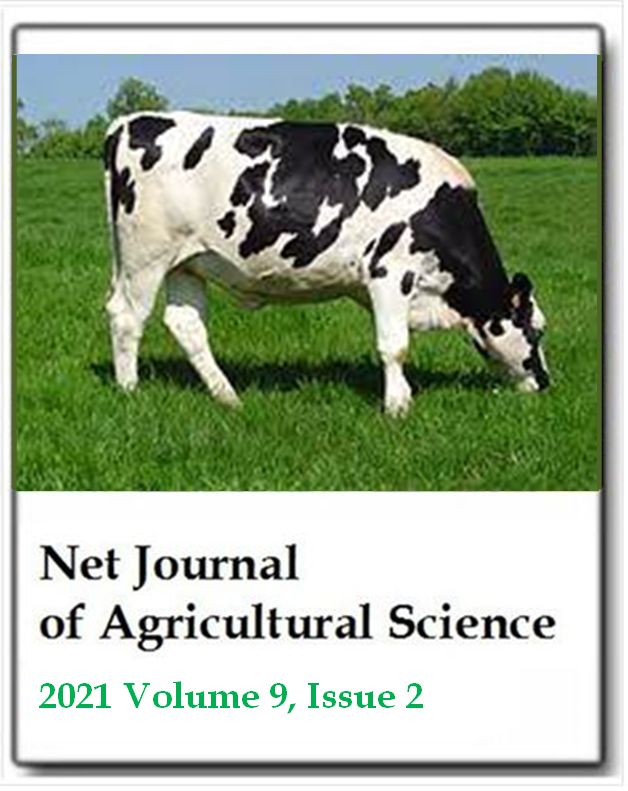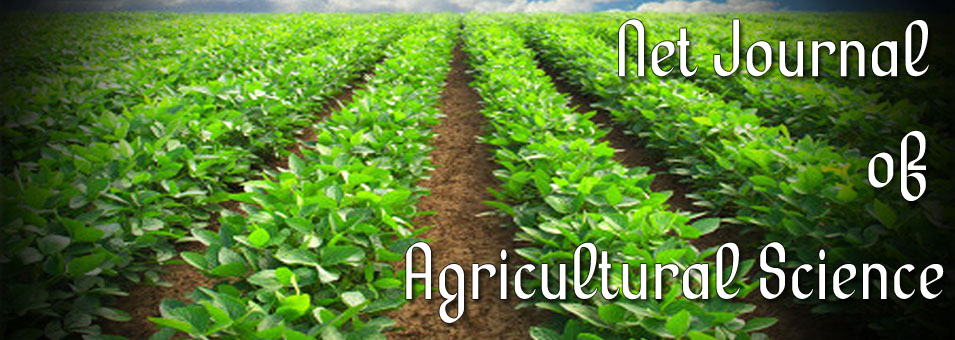Effects of dry period length and parity on milk production and blood metabolites of Holstein Friesian dairy cows
Tamer M. M. Hassan and Ragab A. Abou-SalehNet Journal of Agricultural Science
Published: June 7 2021
Volume 9, Issue 2
Pages 14-21
ABSTRACT
The aim of this study was to investigate effects of dry period length (<45, 45-60, 61-90, 91-120 and >120 days) and parity (second, third, fourth and fifth+) on milk production, composition and some blood metabolites using 620 Holstein-Friesian cows during the subsequent 305 days of lactation. Milk production was recorded during the following 305 days of lactation. Milk and blood samples were taken from 6 cows of each dry period group after first 100 days of lactation to analyze some milk composition and blood metabolites. Results showed that the differences between means of cow's milk production due to dry period length and parity number effects were highly significant (P<0.001). Cows which dried at 45-60 days before calving had the highest daily and total milk production followed by cows which dried at 91-120 days, cows which dried at 61-90 days, cows which dried at >120 days then, cows that dried at <45 days. Fourth parity cows had the greater daily and total milk production. Milk composition and blood metabolites means were greatly in cows dried at 45-60 days and with third and fourth parity number cows. It could be concluded that the optimal dry period length when cows dried at 45-60 days to produce more milk production without negative results on milk composition and blood metabolites in the subsequent lactation.
Keywords: Non-lactation period, milk production, milk composition, blood analysis, dairy cows.
Full Text PDF
ISSN: 2315-9766
